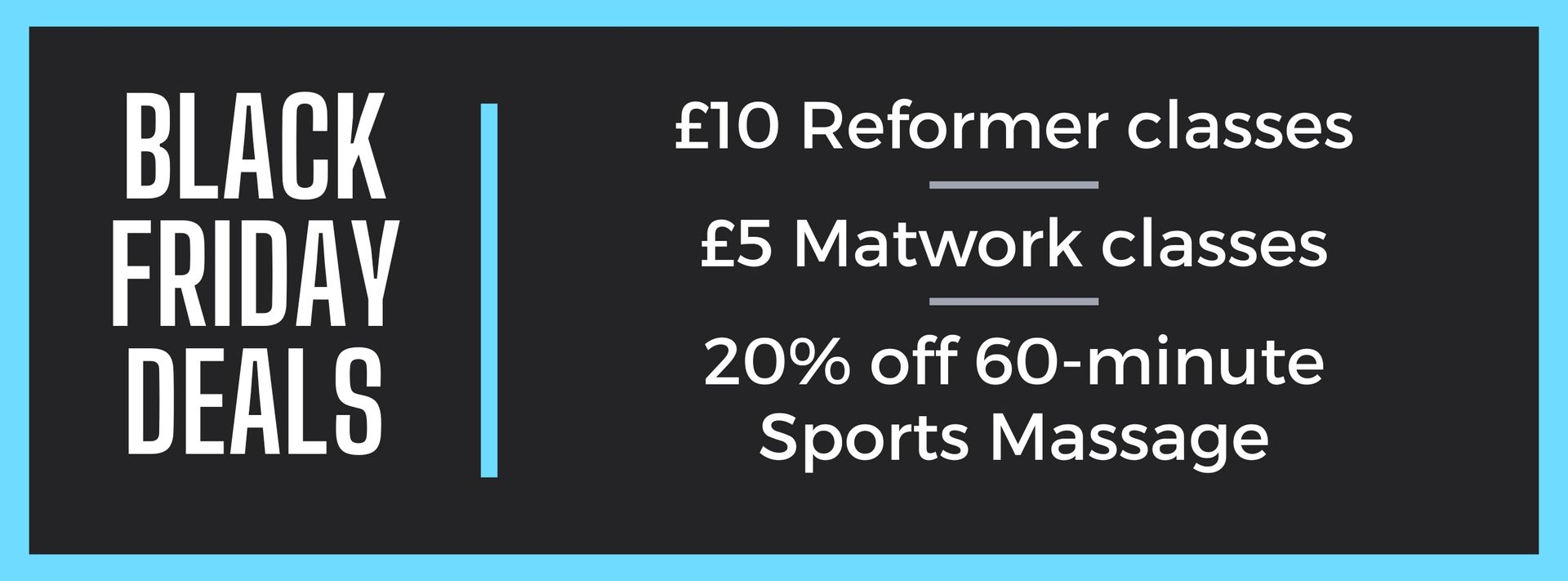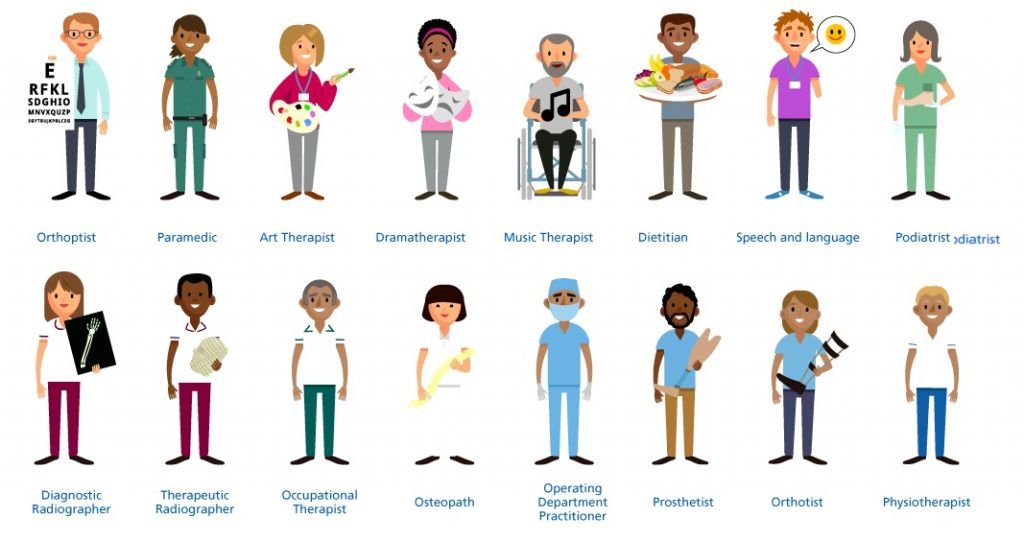Fall Prevention
Best Things to do in your home to help prevent falls:
It can be quite difficult to prevent falling as most of the time, you fall due to an unforeseen error. We have added some things you can do in your home to help lower the chances of you falling in your home.
The first is simply try and remove any loose wires in the way of where you walk, such as those in a doorway or by any furniture. This can easily be done by taping down wires or trying to enclose them under the edge of carpets or behind furniture which is out of the way.
Another simple way to lower your chances of falling is by making sure there are no rugs or mats that slide or move when stepped on, you can either remove them completely or buy some "anti-slip tape" or "anti-slip mats", they are very common and can be bought online or in more retail shops.
Pretty much everything in your home moves if your knock into it, and it would be very difficult to tie everything in your home down, some straight forward things to ensure are out of the way which you could fall over include; foot stools, plants, ornaments, wash baskets etc...
An exercise to strengthen your legs to prevent falls:
Now we will look an exercise that you can do in your own home which will strengthen your legs and feet to help lower the chances of falling. There is a massive range of exercises that you can do to help this, we will be looking at some of the more basic exercises that shouldn't be too challenging for you to do in your home.
Calf raise
This exercise is very well known and has a couple variations including weighted and non-weighted. We will be looking at the simplest form of the exercise today as you will be looking to just strengthen the calf muscle and foot stability with this exercise.
You begin this exercise by finding a level and solid surface such as your kitchen floor. The next step is to place your feet about shoulder width apart and simply raise the your heels off the floor to engage your calf muscles and increase their capacity. Now just lower the back of your feet down to the ground of repeat until your calves are starting to burn. Aim for 3 - 5 x sets
Conclusion:
If you have any questions about fall prevention or tips that haven't been covered in the blog, please feel free to call us on 07920 011515 as we are specialist in this field, or email us on info@hth.clinic. If you need an appointment with us, book on this website now at the top right hand side of the page.



